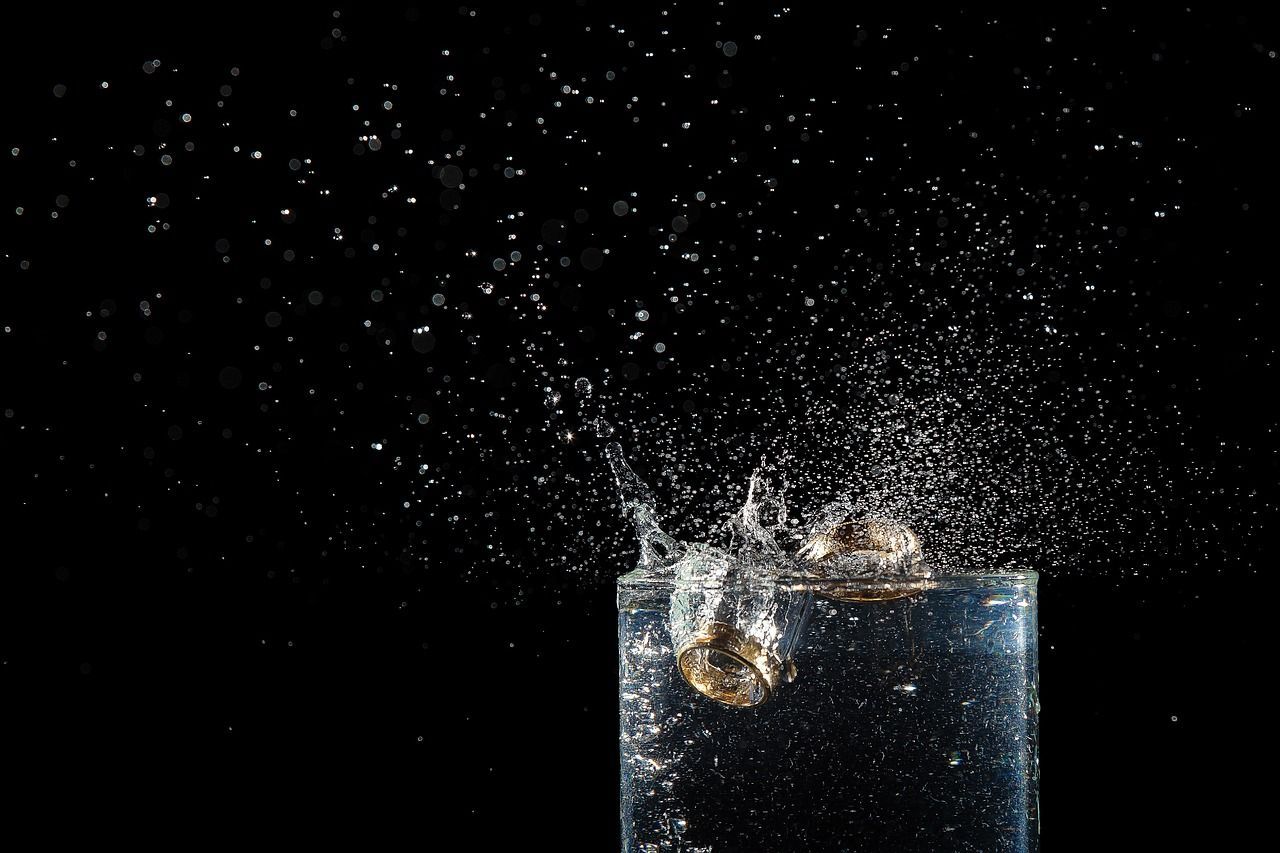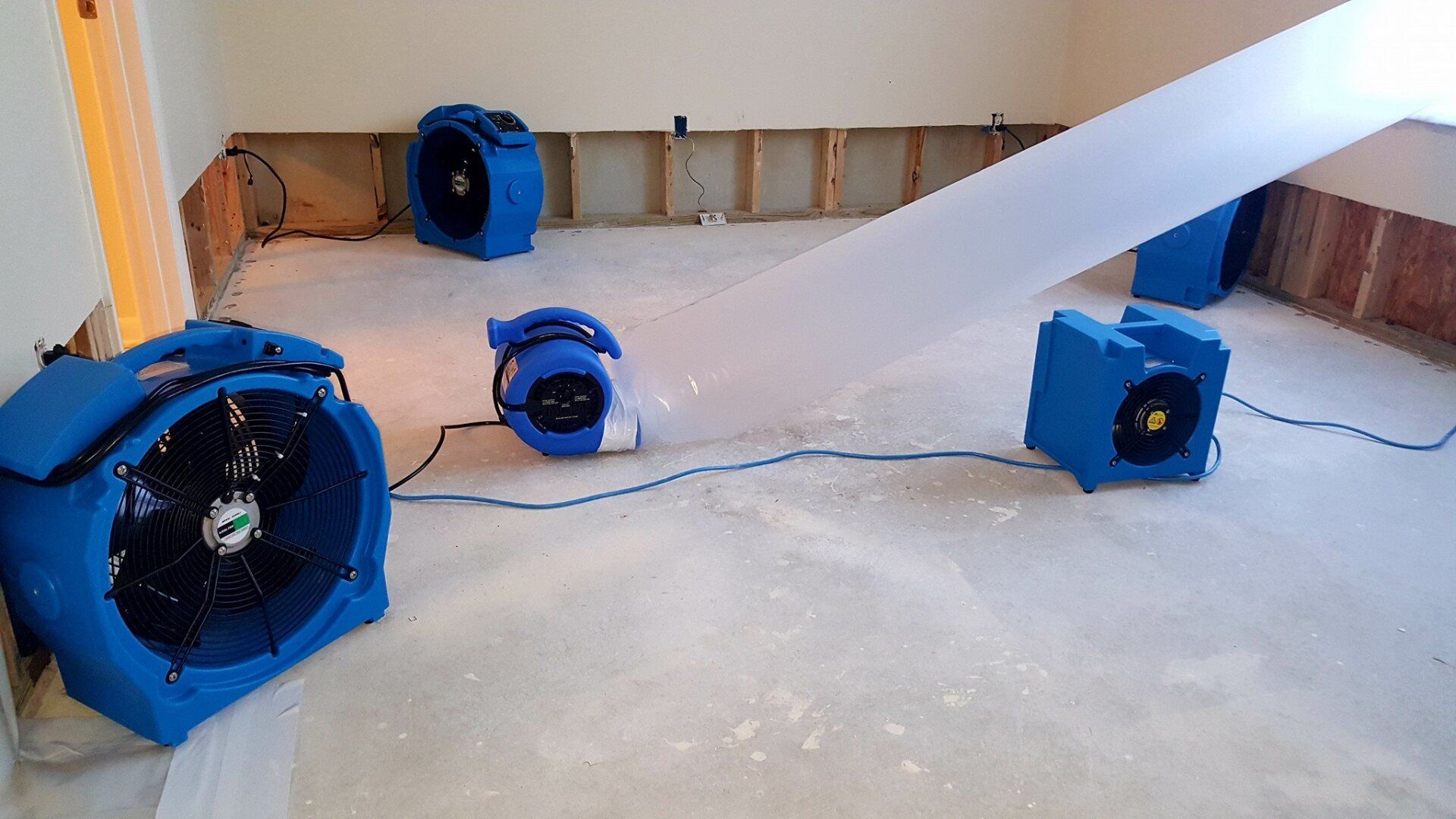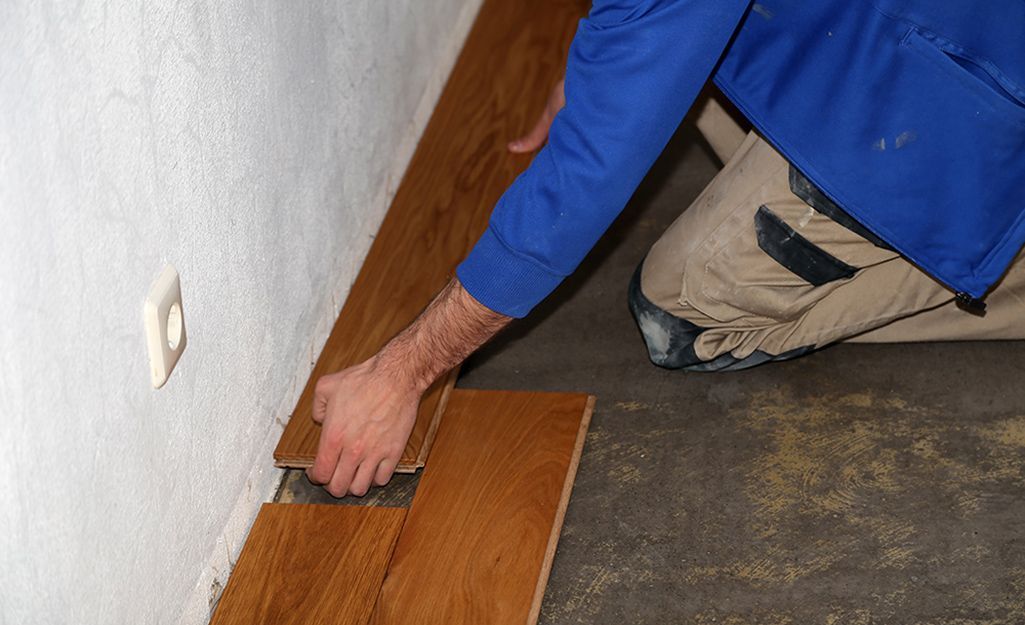By Taylor Faulkner
•
November 26, 2025
The Tech Behind the Towels: Unpacking Psychrometrics in Water Restoration Water cleanup is a science, and that means precision. Cleanup crews—like the expert water remediation team at Faulkner Restoration—aren’t just throwing towels at damp spots. They're orchestrating a complex song and dance, using the properties of air and humidity to direct the moisture exactly where we want. Among other names, this is the science known as psychrometrics, and it’s the number-one asset water remediators use when doing a dry-out. We’ll explore a few topics such as humidity, saturation, and dew points, then walk the restoration playbook, showing you how professionals use this data to their advantage. Stick around, and you’ll read about the tech that actually works. Psychrometrics 101: What Is It and Why Do I Care? It may be a mouthful, but I promise it’s more than jargon. Psychrometrics—from the Greek words for “cold” and “measurement”—is the system of measures we use to calculate how water molecules in the air will behave, both physically and in terms of their temperature. The air we know and breathe every second is actually a mixture of gases, like oxygen, nitrogen, and carbon dioxide, plus vapors like water vapor. This mixture behaves uniquely compared to pure gases. Psychrometrics is the roadmap we use to figure out how the air and moisture will behave—and with it, we can plan, predict, and account for the movement of water. Psychrometrics usually plots the air on an XY axis: the X axis is the air temperature, and the Y axis is the humidity ratio, known as absolute humidity—the ratio of pounds of water to pounds of air. There’s another way to measure humidity, called relative humidity (RH). RH tells us how saturated the air is with water molecules and is usually expressed as a percentage. When the air cannot hold any more water, it is saturated—and instead of staying as a vapor in the air, the moisture will return to liquid water. For example, an RH of 40% means that the air is 40% saturated. When RH reaches 100%, the air is saturated, and the moisture in the air begins to condense, forming dew. RH is useful because the amount of water the air can hold before it reaches saturation changes with temperature. This means that an 80-degree room and a 60-degree room—even if they had the same number of water molecules—would have different RH values. The Air's Push and Pull: Vapor Pressure, Differentials, and Dew Points Another thing that techs must take into account with water vapor is that it exerts pressure on other gases. In other words, on a molecular level, the water molecules push each other around. The more water molecules there are, the harder they push on each other. This pushing is called “vapor pressure,” and it means that wet materials will push moisture into the drier surrounding air, creating what we call a “differential.” The bigger the differential is, the faster the water vapor will evaporate. This is why restorers use dehumidifiers to fill the area with dry air, reducing the RH of the surrounding air. If this RH is too high, it could cause the air to saturate and re-wet. One way to avoid this is to keep an eye on the dew point. Remember how I said earlier that temperature affects the amount of water needed to saturate? This is the same reason why your grass has dewdrops in the morning after a cold night—the temperature drops, and the water molecules in the air form into droplets. The temperature at which the air will become saturated is called the “dew point,” and the dew point changes with the RH of the air. Picture air like a sponge. At 70°F, it holds 55 grains per lb. Soak it with vapor from nearby drywall? Dew point plummets. RH spikes—and the structure isn’t drying like it should. The Restoration Playbook: Tools and Steps in Action Restoration professionals plot all of this data on psychrometric charts to predict how the water vapor will behave: just add some heat here, crank the airflow there, and it should dry out—like weather forecasting for your walls. This exemplifies the two-part mechanical system of the dehumidifier and air mover. The dehumidifier replaces the moist, humid air with hot, dry air. The air movers increase the vapor pressure, causing the moisture trapped in the building materials to rush out into the drier, less saturated air coming from the dehumidifier. In essence, the dehumidifier removes the moisture from the air and heats it up before spitting all that hot dry air back out—where it can soak up more moisture like a sponge, thanks to the help of the air mover. This cycle then repeats until the room is stable and dry. I hope that the reason why we use the tools we do has become a little more clear now, knowing the science behind why it works. Dehumidifiers crush that humidity, bringing it down to acceptable levels, while air movers—like fans—and even specialty devices like air injectors (used to dry hard-to-reach cavities) help keep vapor pressure. This is the delicate ballet at play behind every water damage restoration. By tweaking the heat and humidity, you can zap that moisture out from the air like magic. Our moisture meters aren’t just beeping to let us know there’s moisture—they’re whispering dew point secrets, letting us know what to do and where to do it. Here’s how we put the playbook into motion, step by step: Step 1: Plot the Baseline – Grab initial RH, dew point, and moisture readings to spot differentials and classify the water (clean vs. contaminated). Step 2: Fire Up the Duo – Dehumidifiers pull grains from the air; air movers whip vapor out of materials, targeting <60% RH. Step 3: Dial & Dry – Daily checks with thermo-hygrometers tweak the cycle—add heat if needed—until materials hit <16% moisture content. Why Psychrometrics Isn’t Optional: Your Firewall Against Disaster Psychrometrics isn’t optional—it’s the firewall against $5K mold repairs. It may seem like scientific gobbledygook, but for the trained professional, it’s the navigational chart that tells us exactly where we are, where we need to get to, and how to get there. And now, hopefully, you too, reader, have a better understanding. So, the next time you’ve got water damage, don’t just call up Joe Schmoe with the Shop Vac—go with the pro with the RH chart, like the trained professionals of Faulkner Restoration. Give us a call today at 317-782-9999, and let psychrometrics work its quiet magic on your home.





